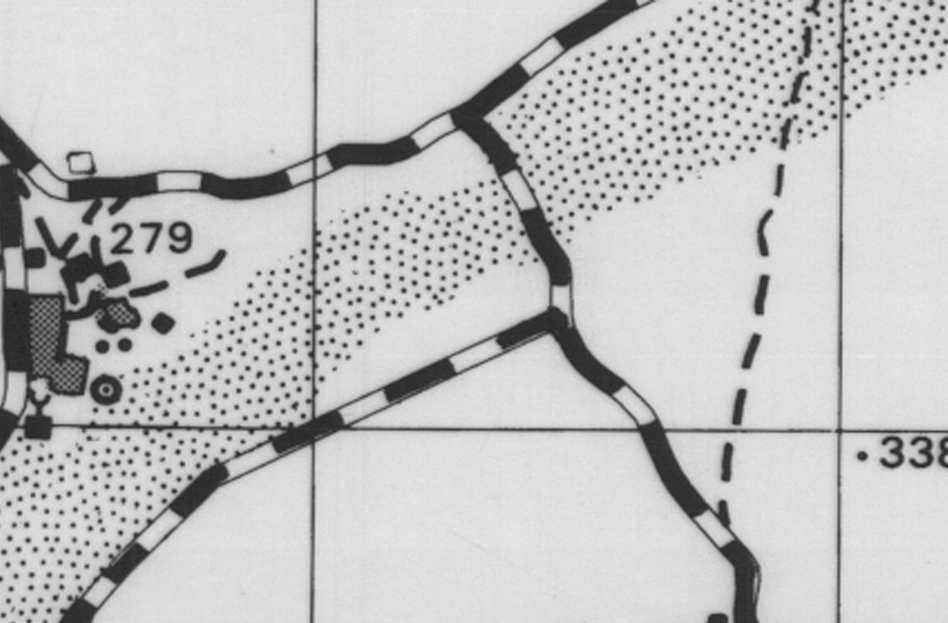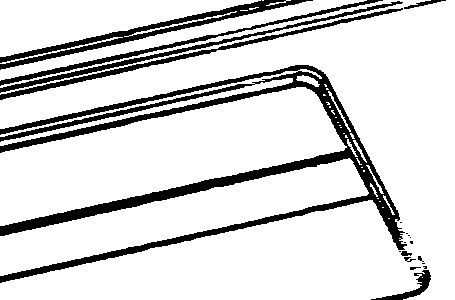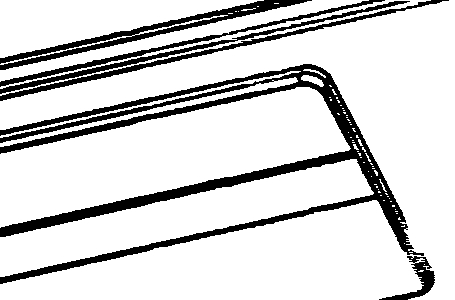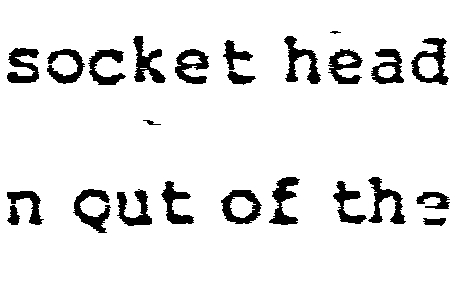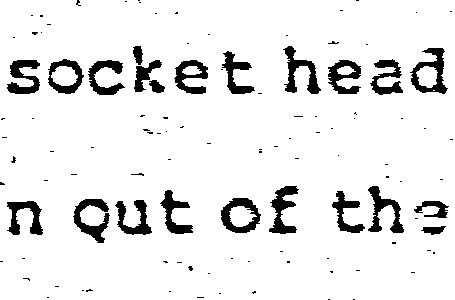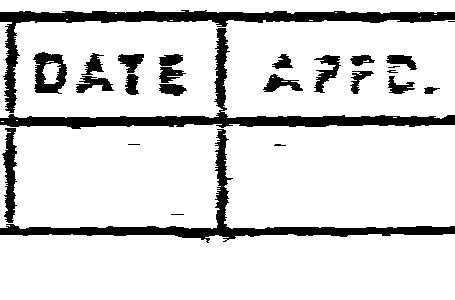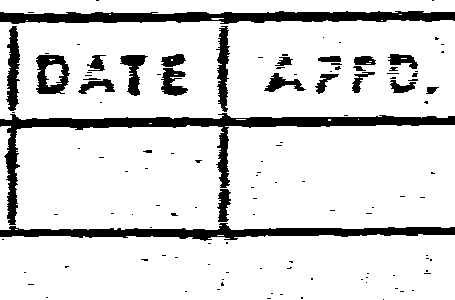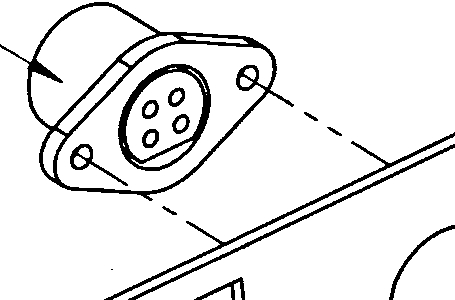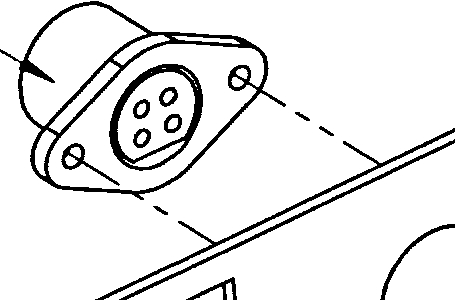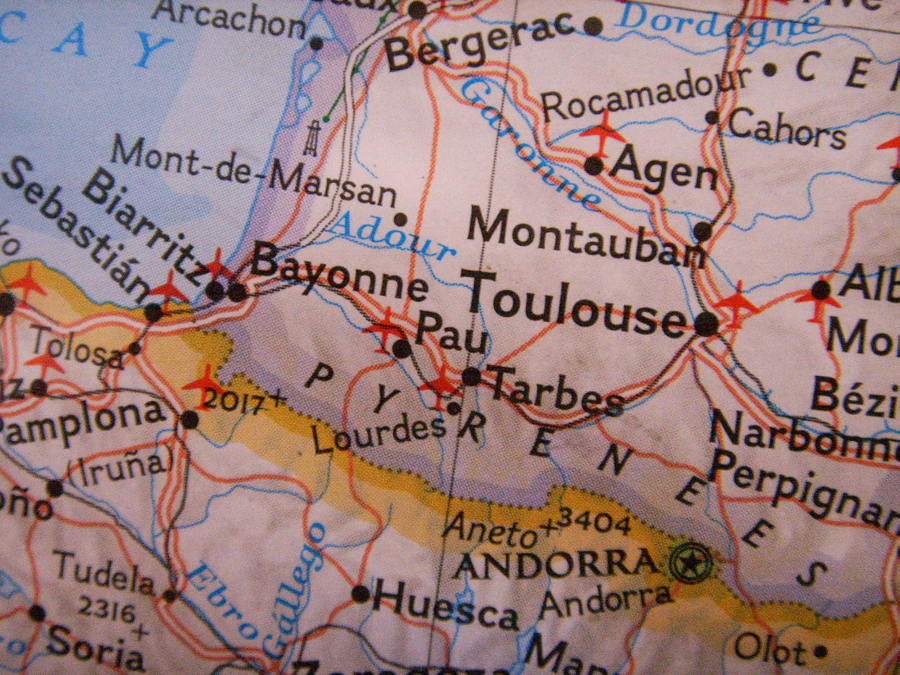Posted in Case Studies on June 16th, 2015
Staying ahead of the game
The East Riding of Yorkshire is arguably one of England’s most beautiful counties – and one of its best-kept secrets. A landscape of diversity and contrasts, with wide-open plains, rolling hills and wild and rugged coastlines combine to create an enviable living environment. The East Riding of Yorkshire Council, the largest unitary authority in the UK, provides services across the whole of this 1000 square mile area. The Council provides excellent public access to services through 11 local Customer Service Centres and through a number of unmanned CitizenLinks located in local supermarkets and outlying rural areas, providing video links to the Customer Service Centres, Citizens’ Advice Bureaux and Community Legal Services. According to Emma Holdstock, Principal IT Officer, “Our big driver is public access. And the government has set targets to provide services electronically, by end of 2005. We want to stay ahead of the game and beat that date by a year.” That is why the authority has piloted a corporate Electronic Document Management System (EDMS) incorporating a Colortrac* wide format color scanner.
4000 new applications a year

Using the Colortrac 3680e allows easy access to map and planning data.
Public access is particularly important in the planning function. The authority handles over 4000 new applications a year. Jonathan Middleton, Principal Development Control Officer, says, “Planning applications generally include one or more wide format drawings together with photographs and other documents. Up to now, we have had to circulate and ultimately store them in their hard copy form. All these paper documents, some of which date back to the middle of the 20th century, must be available for inspection by the public, by architects and agents, as well as by other council departments and external agencies such as English Heritage and the Highways Agency. Providing this access is an expensive and time consuming task.”
Thanks to…Colortrac
Since the existing EDM systems were departmental and could not handle drawings, a new system was needed. The authority went to open EU tender for a pilot system. This solution has proved to be highly successful, thanks in no small measure to the Colortrac scanner.
How has the authority benefited? Jonathan Middleton says, “The whole planning application and approval process is now handled electronically. All new planning applications and supporting documents are scanned and entered into a workflow that is managed by the individual officers, and when complete, archived electronically.”
The system has saved them a lot of time.
“Previously, it could be quite time consuming to search for and collect files, since the department is split over a number of sites.” Jonathan adds, “Major or controversial planning applications go to a monthly planning committee, held in a large meeting room with members of the public present. We now use a video projector to display the whole planning application file, drawings and any digital site photographs, whereas previously we would take the time to produce multiple copies of everything to hand out at the meeting. Now, everyone can see the plans at the same time. The Councilors’ reaction has been excellent.” Feedback from regular external users has been very good, too. Architects researching site histories as well as solicitors and agents conducting property searches use a PC in the Beverley Customer Service Centre to get instant access to drawings scanned in on the Colortrac, whereas previously, they may have had to wait until the appropriate paper drawings were located and made available. This multiple access requirement can introduce delays and drawing duplication costs. In contrast, the EDMS can provide instant multiple access to drawings scanned by the Colortrac scanner.
Scanner going all day, every day
According to Jonathan Middleton, “The make of scanner initially supplied proved to be quite troublesome. So much so, we were starting to lose faith in wide format scanners in general and the viability of the pilot was being questioned. We had to find a make of scanner that we could rely on. And that is when a Colortrac scanner was suggested.” He adds, “It has been very reliable. We have had only one problem, that’s all. The service response was more or less immediate, within three or four hours and we have not seen anyone else since. And it’s been going all day, every day, for about a year now. In that time we’ve scanned about 20,000 documents, a mixture of black and white/full color/16 color in sizes ranging from A4 to A0.” He continues, “Workload is increasing. A second area planning team is using the system and we are using it for copying and archiving. The Colortrac scanner has restored our faith in wide format scanning.”
So much easier to handle
The Colortrac scanner has helped in other ways, too. Historically, whenever a planning application was submitted, details were marked up on a set of A0 large scale maps.
These date back to the middle of the 20th century and are a vital visual record of planning history that form a legal requirement to maintain a map-based register of all planning applications. Over the years, they have accumulated lots of red and blue pencil planning references. Occupying five large steel cabinets, the maps have been deteriorating through daily use. Many have now been mounted on plywood boards to increase durability. Jonathan Middleton again, “Searchers pull out plans, identify the planning references and request the files, which we then have to provide. All this takes time and uses up a lot of office space.” The scanning of all 800 maps is nearing completion and according to Jonathan, “The scanned maps are so much easier to handle than the boards. User feedback has been excellent. People are amazed at the quality and ease of use.” The scanner can, as standard, handle originals up to 12mm thick, whilst the open aperture glass-free design prevents streaks appearing in the scans.
Emma Holdstock says, “As a separate exercise we have been archiving old files, freeing up lots of shelf space. We use the Colortrac scanner for anything in color, even something with just a few colored pencil marks and something that would otherwise go through our monochrome page scanner. We sometimes carry out a basic clean up but generally, we do not have to do anything; scan quality is excellent. With the Colortrac, you very often get improved document quality.”
The real meaning of e-government
Emma Holdstock comments, “We created a list of projects through which we will deliver 100% of our services electronically by 2004. The corporate EDMS is one of these and the pilot system is operating internally for both council and external users. We are looking at extending it to other departments who use wide format drawings and plans and we now want to roll it out across the authority.” The last words go to Jonathan Middleton. “Ultimately, when the system is extended to the web, external users will have secure access to planning information, from their own homes or offices and the public will have the access we are committed to provide. For us, that is the real meaning of e-government.”
* For all current models see our Large Format Scanner Overview.



